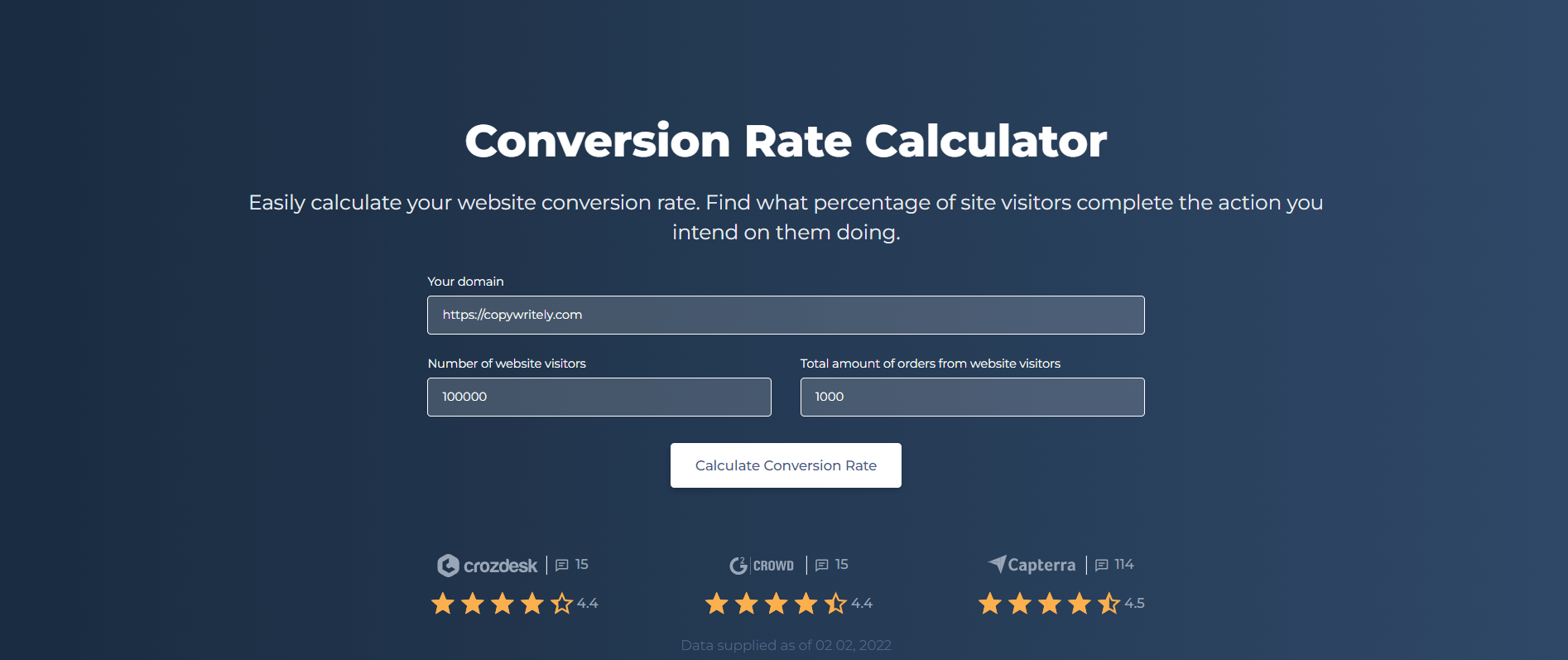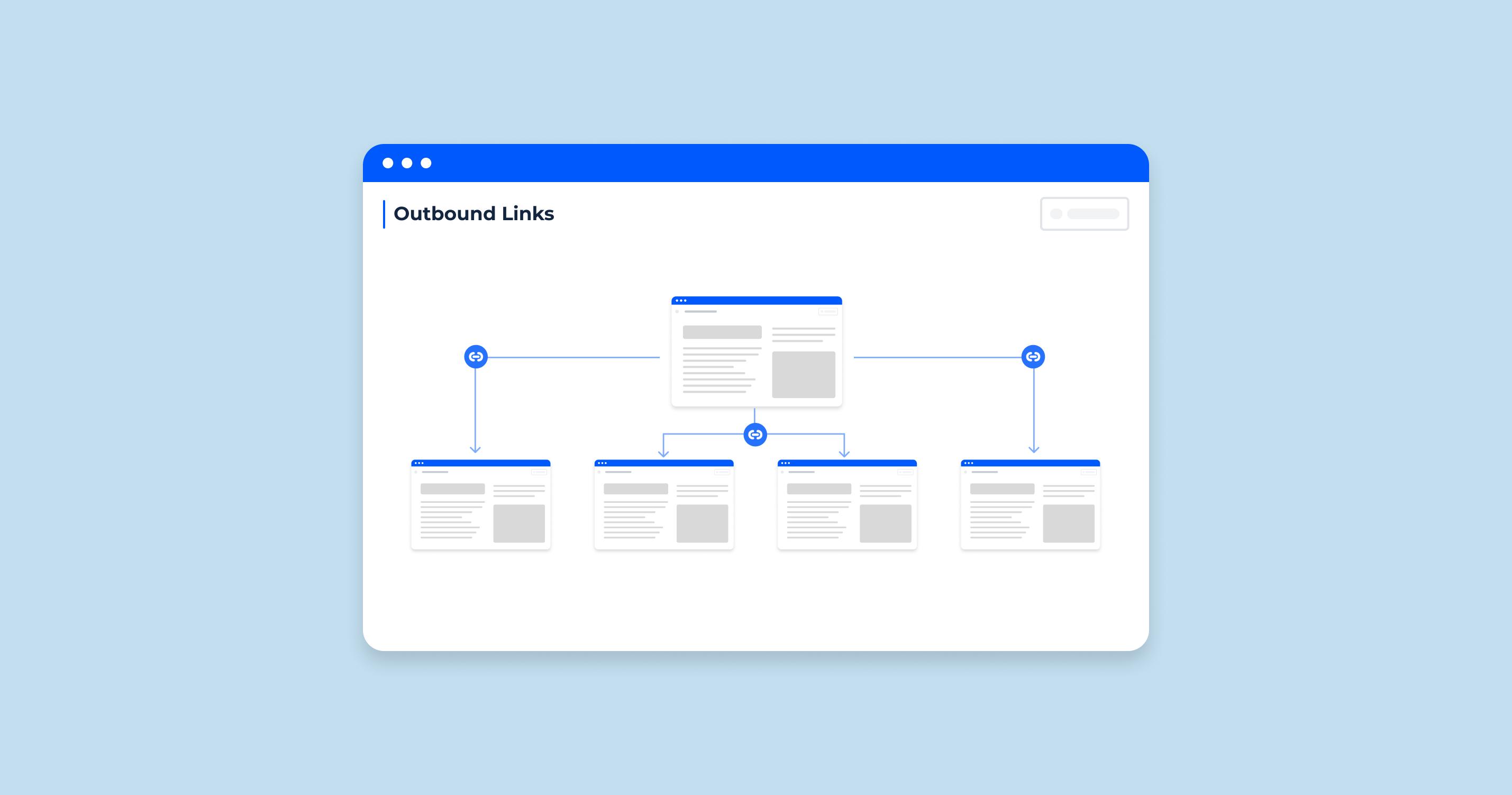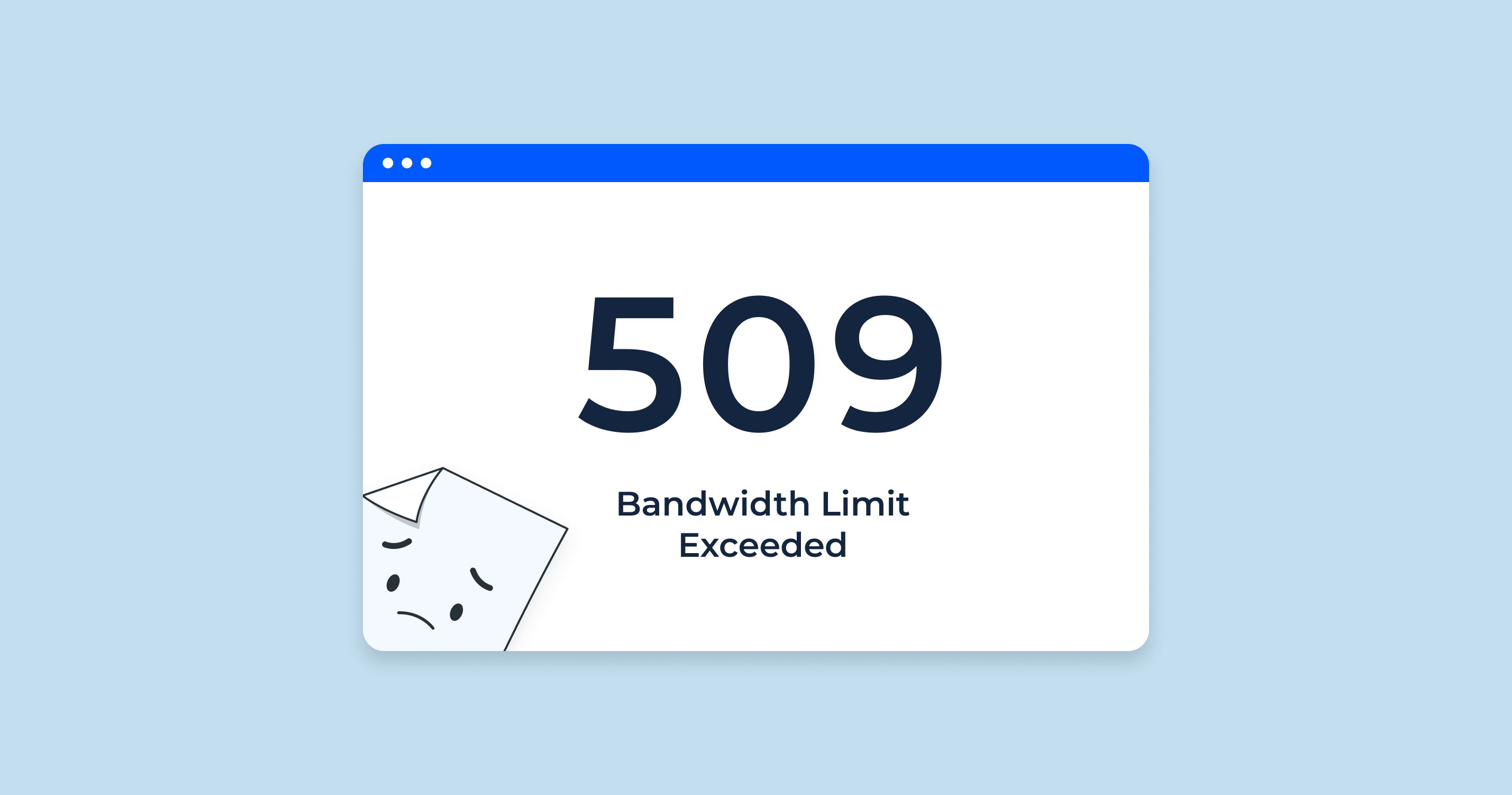The Definition of Conversion Rate
In the realm of digital marketing and e-commerce, understanding conversion rate is crucial. It’s a key metric that gives businesses insights into the performance of their website, campaigns, and customer engagement strategies. But before delving into its intricacies, it’s important to clarify a couple of foundational terms.
Conversions
A ‘conversion’ refers to a desired action that you want your website visitor or user to take. This action can vary depending on your business goals. For an e-commerce website, a conversion might be a completed sale, while for a B2B company, it could be a filled-out contact form or a newsletter signup.
Conversions are not limited to just purchases. Here are some common examples:
- Purchase: A user buying a product or service.
- Sign-up: A visitor registering for a website, newsletter, or service.
- Downloads: Users downloading an app, eBook, or any other digital content.
- Engagement: Actions like clicking on a specific link, watching a video, or sharing content on social media.
It’s important to identify and track the right conversions for your specific business to understand how effectively you’re meeting your objectives.
Conversion Rate
Now, once you’ve defined what a ‘conversion’ is for your business, the conversion rate is a straightforward metric. It’s the percentage of visitors to your website or users of your platform who take the desired action (i.e., convert).
How to Calculate Conversion Rate?
In digital marketing and analytics, the ability to calculate the conversion rate is indispensable. It offers a quantifiable measure of a website or campaign’s success in driving desired actions from visitors or users. But how exactly do you determine this rate, and more importantly, how do you ensure accuracy in your calculations?
Conversion Rate Formula
The formula to calculate the conversion rate is simple:
Conversion Rate=(Number of Conversions/Total Number of Visitors)×100
Let’s break it down:
- Number of Conversions: This is the total count of users or visitors who took the desired action on your website or platform during a specified time period. This could be making a purchase, signing up for a newsletter, downloading a resource, etc.
- Total Number of Visitors: This refers to the total number of unique visitors or users who landed on your website or platform during the same time period.
Getting It Right
While the formula itself is straightforward, ensuring accuracy and meaningful insights requires attention to detail:
| Choose the Right Time Frame | Depending on your business model and goals, you might want to calculate conversion rates daily, weekly, monthly, or even seasonally. The key is to remain consistent to observe trends over time. |
| Segmentation | All visitors are not the same. Segment your audience based on various criteria such as source of traffic, geography, device type, etc. This allows for more granular insights and can highlight specific areas of improvement. |
| Consider External Factors | Be aware of external influences that might skew your conversion rate. For instance, a special holiday sale or a technical glitch on the website can result in unusually high or low rates, respectively. |
| A/B Testing | Regularly test different versions of your landing pages, calls to action, and other elements to determine what resonates most with your audience. This ensures that your strategies are data-driven and optimized for the best results. |
| Use Reliable Tools | Platforms like Google Analytics, Optimizely, or Crazy Egg provide reliable data collection and analysis tools that can aid in accurately determining your conversion rate. They also offer additional insights that can help in optimizing the user experience. |
Why Are Conversion Rates Important?
Google Analytics
Google Analytics is a comprehensive web analytics service offered by Google that tracks and reports website traffic. It’s a widely used tool for measuring conversion rates and offers numerous features to gain insights into user behavior and website performance. Here’s how you can utilize Google Analytics to understand and improve your conversion rate:
- Set Up Goals: Before you can measure conversions, you need to define what a ‘conversion’ is for your business within the platform. This could be a purchase, a sign-up, a download, or any other desired action. Setting up goals allows Google Analytics to track these specific actions.
- E-commerce Tracking: If you run an online store, enabling e-commerce tracking provides detailed data about purchase activities, including the products purchased, transaction amounts, and more.
- Multi-Channel Funnels: This feature allows you to see the multiple interactions (or channels) users had with your site before converting. It provides insights into the entire customer journey.
- Attribution Models: Determine which touchpoints (e.g., organic search, paid ads, referrals) get credit for conversions, allowing you to better understand and optimize your marketing efforts.
- Real-time Reporting: Monitor conversions as they happen, helping you instantly gauge the effectiveness of campaigns or promotions.
By effectively utilizing Google Analytics, businesses can not only measure their conversion rate but also uncover areas of improvement and optimization.
Segmentation & Filtering
To truly grasp the nuances of your conversion rate, it’s imperative to dissect your data. Segmentation and filtering are two methods that allow for a more granular analysis, helping businesses to derive actionable insights.
- What is Segmentation? Segmentation involves dividing your audience into smaller groups based on certain criteria. For example, you can segment users based on their demographics, behavior, acquisition channels, device usage, and more.
- Benefits of Segmentation:
- Personalized Marketing: By understanding different user segments, businesses can tailor their marketing efforts to cater to each group’s specific needs and preferences.
- Identify High-Value Segments: Determine which segments drive the most conversions and focus efforts on retaining and growing these segments.
- Optimize Campaigns: Assess how different segments react to various campaigns, allowing for adjustments and optimization.
- What is Filtering? Filtering is the process of excluding specific data from your reports. For instance, you might want to filter out internal traffic (visits from people within your company) to get a clearer picture of genuine user behavior.
- Benefits of Filtering:
- Accurate Data: Ensure that your data represents genuine user interactions, free from noise or internal influences.
- Focused Insights: By filtering out irrelevant data, you can focus on metrics that truly matter for your business objectives.
When used in tandem, segmentation and filtering allow businesses to delve deep into their analytics, identifying trends, challenges, and opportunities that a broad overview might overlook.
What Is a Good Conversion Rate?
Defining what constitutes a “good” conversion rate can be challenging, as it varies across industries, business models, and specific goals. However, a general benchmark suggests that an average website conversion rate hovers around 2-5%. That said, striving for an average might not always align with your business’s ambitions. A good conversion rate is essentially one that showcases continuous improvement and positively impacts your bottom line.
Improving Conversion Rates
Improving conversion rates should be an ongoing effort, with the focus on offering better user experiences and aligning your website’s offerings with visitor intent. Here are some strategies to enhance your conversion rates:
- User Experience (UX): A website that’s easy to navigate, intuitive, and user-friendly can significantly boost conversions. Regularly review and refine the user journey to minimize friction.
- Clear Calls to Action (CTA): Ensure that your CTAs are compelling and evident. Experiment with their positioning, color, and wording to determine what resonates best with your audience.
- Trust Signals: Incorporate testimonials, reviews, and security badges to build trust with potential customers.
- Optimized Landing Pages: Create specific landing pages for different campaigns or audience segments to cater directly to their needs and intents.
- Mobile Optimization: With an increasing number of users browsing on mobile devices, ensuring your website is mobile-friendly is vital.
Traffic Sources Optimization
The quality of your website’s traffic plays a pivotal role in conversion rates. It’s not just about getting more visitors, but attracting the right ones:
- Paid Advertising Refinement: Regularly analyze the performance of your pay-per-click (PPC) campaigns. Adjust targeting, keywords, and ad copy to attract visitors more likely to convert.
- SEO: Organic search traffic, driven by search engine optimization, often has higher conversion rates. Ensure your website is optimized for relevant keywords and offers valuable content.
- Social Media Engagement: Utilize platforms where your target audience hangs out. Engage with them through valuable content, and use targeted ads to drive qualified traffic.
- Referral Traffic: Collaborate with complementary businesses or influencers in your industry to tap into their audiences.
Conversion Rate Optimization (CRO)
CRO is a systematic process of increasing the percentage of website visitors who take a desired action, be it purchasing a product, signing up for a service, or any other defined goal. Here are steps to achieve effective CRO:
- Data Analysis: Dive deep into your analytics to understand where users drop off, which pages have the highest exit rates, and where the conversion funnel has leaks.
- A/B Testing: Regularly test different elements of your website (like CTAs, images, and landing pages) to see what variation drives more conversions.
- Heatmaps: Use tools like Crazy Egg or Hotjar to see where users are clicking, moving, and scrolling on your site. This can provide insights into potential areas of improvement.
- User Feedback: Conduct surveys or feedback sessions to understand any hurdles or friction points users face while navigating your site.
- Continuous Learning: CRO isn’t a one-time task. Regularly update yourself with the latest best practices, tools, and strategies to stay ahead.
Calculate Your Website Conversion Rate with Conversion Rate Calculator
The Conversion Rate Calculator is an indispensable tool for digital marketers and e-commerce entrepreneurs striving to understand their online performance. At its core, this calculator aids in determining the efficiency of your campaigns by measuring the percentage of visitors who take a desired action, be it making a purchase, signing up for a newsletter, or any other goal. It’s a straightforward and accurate way to gauge the success of your strategies, ensuring you’re always on top of your game.

Delving deeper into its functionalities, this tool might offer more than just basic calculations. Advanced features could include historical conversion rate comparisons, predictive analytics for future conversion rates, and insights on industry benchmarks. Coupled with a user-friendly interface and data visualization capabilities, the Conversion Rate Calculator becomes an essential asset for anyone serious about understanding and improving their online endeavors.
Turn Clicks into Conversions!
Our Conversion Rate Calculator provides insights you need to excel.
Conclusion
In the dynamic landscape of digital marketing, understanding and optimizing conversion rates is of paramount importance. A conversion rate serves not only as a measure of your website or campaign’s success but also as an indicator of your audience’s resonance with your offerings. Tools like Google Analytics, combined with strategies such as segmentation, traffic source optimization, and continuous CRO efforts, empower businesses to fine-tune their approach.
As you strive for better rates, remember that the journey towards optimization is continuous, with each improvement contributing to your business’s growth and success.





